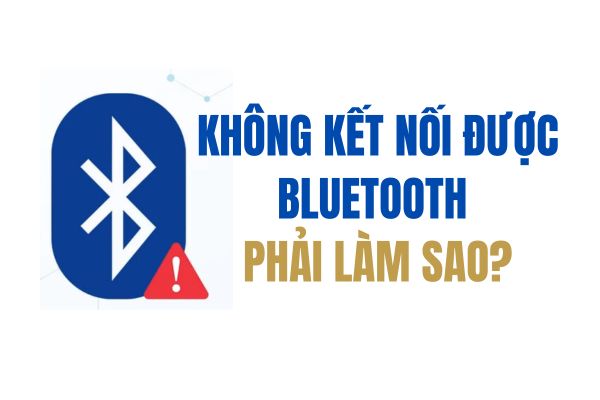During the June 24 event, Microsoft announced that Windows 11 will require a TPM (Trusted Platform Module) chip to work. This is a significant hardware change that has been in the works for years, but the way Microsoft announced it has left many people wondering if their hardware is compatible with Windows. What is TPM and why do you need it to install Windows 11?
| Join the channel Telegram of the AnonyViet 👉 Link 👈 |
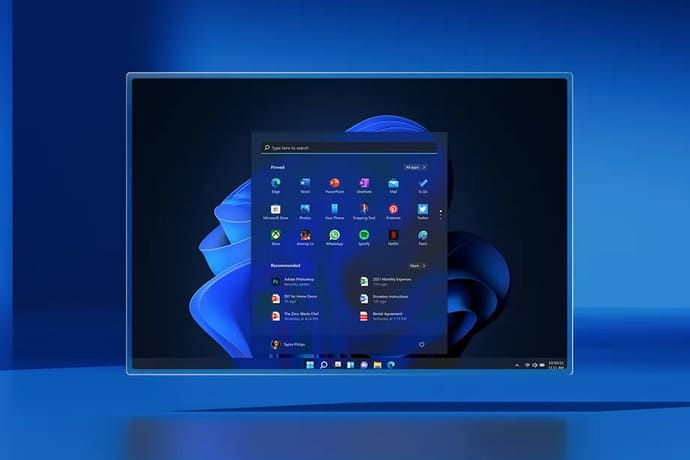
Why is Windows 11 forcing everyone to use TPM 2.0 chips?
“Trusted Platform Modules (TPM) is a chip that’s either built into a PC’s motherboard or added separately to the CPU,” explains David Weston, director of enterprise security and operating systems at Microsoft. “Its purpose is to protect encryption keys, user credentials, and other sensitive data behind hardware barriers so that malware and attackers cannot access or tamper with it. that data”.
TPM works by providing protection at the hardware level instead of just the software. It can be used to encrypt the hard drive using Windows features like BitLocker or to prevent dictionary attacks on passwords. TPM 1.2 chips have been around since 2011, but they are generally only widely used in desktop and laptop computers managed by IT businesses. Microsoft wants to bring the highest level of protection to everyone who uses Windows, even if it’s not always perfect.
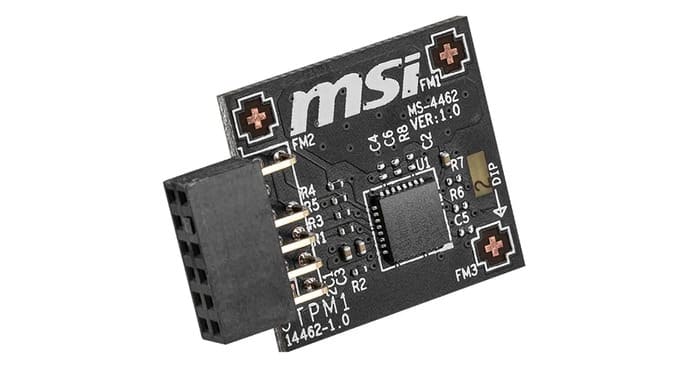
Over the past several months, Microsoft has repeatedly warned of the proliferation of attacks on firmware. “Microsoft’s own security report shows that 83% of enterprises experience a firmware attack, but only 29% of resources are allocated to protecting this important layer of security,” Weston said.
That 83% number sounds like a lot, but when you consider the various phishing attacks, ransomware, and other IoT vulnerabilities that exist, the scope of the attacks becomes a lot clearer. Ransomware attacks are in the news every day and ransomware is on the rise, so this is a difficult problem to deal with. So TPM will certainly help against some of these attacks, but Microsoft is combining modern CPUs, Secure Boot, and virtualization protection to combat ransomware.
Microsoft is trying to play its part, especially since Windows is the platform most commonly affected by these attacks. Windows is widely used by businesses around the world and there are more than 1.3 billion Windows 10 machines in use today. Microsoft software is at the core of attacks around the globe, like the Russian SolarWinds hack and the Hafnium hack on Microsoft Exchange Server. And while Microsoft is not responsible for customers having to update their software, it is trying to be more proactive in protecting users.
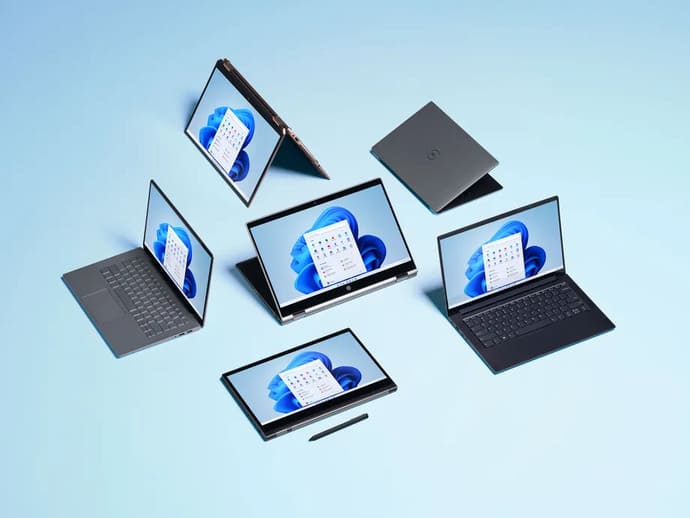
Microsoft is struggling to develop Windows in both hardware and software. While Microsoft has been asking OEMs to provide devices that support TPM chips since Windows 10, the company hasn’t forced users or many of its device partners to enable these chips for Windows to work. So this has caused a lot of confusion with users when Microsoft announced the minimum configuration for Windows 11 combined with Microsoft’s Windows 11 upgrade checker.
Microsoft’s Windows 11 website lists the minimum system requirements, with compatible CPUs, and explicitly mentions that the minimum system must have TPM 2.0. Microsoft also requires users to download the PC Health Check software to check if their computer can run Windows 11.
| Minimum system requirements | |
| Processor | 1 gigahertz (GHz) or faster with 2 or more corescompatible 64-bit processor or System on Chip (SoC) |
| RAM | 4 GB RAM |
| Storage | 64 GB or larger storage device |
| System software | UEFI, secure boot |
| TPM | Trusted Platform Module (TPM) version 2.0 |
| Graphics card | DirectX 12 / WDDM 2.x . compatible graphics |
| Screen | > 9” with HD resolution (720p) |
| Internet connection | A Microsoft account and Internet connection are required to set up Windows 11 Home |
This leads many users to try to find out if their device supports TPM, and even people rush to buy unnecessary TPM chips. Causes TPM chip to increase in price 3 to 4 times normal.
Thanks to Windows 11, people are scalping TPM2.0 modules as well now.
$24.90 ➡ $99.90 in just 12 hours pic.twitter.com/9TTHC2c47w
— Shen Ye (@shen) June 25, 2021
It makes users even more confused when Microsoft also has a different website with different content than the one above. Originally, Microsoft’s minimum requirements were TPM 1.2 and a 64-bit dual-core CPU 1GHz or higher, but this page changes the text to TPM 2.0 and lists compatible CPUs. It also means that every generation before the Intel 8th and AMD Ryzen 2000 won’t work.
I’m still waiting for a clear confirmation from Microsoft regarding the CPU requirement, but a rep confirmed that TPM 2.0 will be required and that the initial information on that page is false. “The above documentation page was in error and has been rectified,” an MS representative told The Verge.
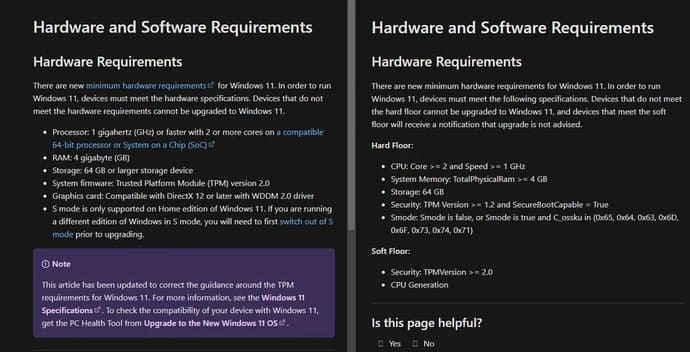
If you are eligible to upgrade to Windows 11 but Microsoft’s test results are the opposite, chances are that the tool is faulty. Unless your CPU is very old, it may already have built-in TPM 2.0 support.
If you are having problems with the PC Health software, make sure that you have enabled “PTT” on the Intel system in the BIOS or “PSP fTPM” on the AMD. The PC Health software will also show more specifically why your PC can’t be upgraded to Windows 11.
What Microsoft is trying to do will benefit the Windows ecosystem in the years to come, along with their new efforts at Xbox-like security on Windows. So, I think this will be the new era of Windows. Alternatively, you can download Windows 11 here.

